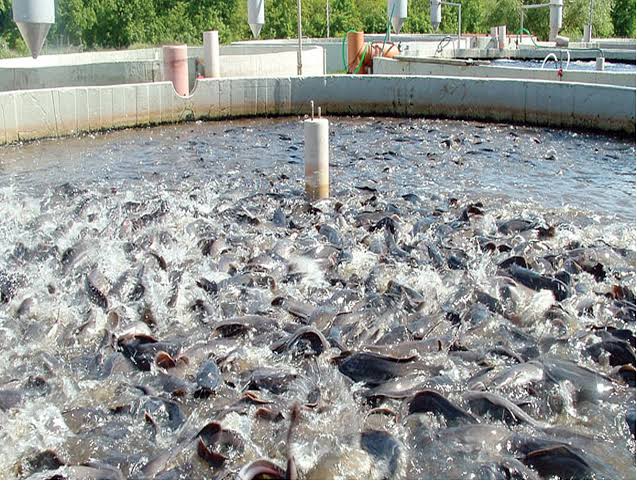How To Reduce The Costs In Fish Farming Part Two
3. Maintain Optimal Water Quality
Correct water quality maintenance depends on understanding the correct water quality and fish and shrimp farming is absolutely essential. The ideal environmental conditions will vary for different species of fish and shrimp. If these conditions are not maintained, they may have a negative impact on growth and performance – if the immune response is reduced, the risk of disease in the farms may increase.
 Learn More
Learn MoreUsing a nutritionally balanced, high-quality raw material selection in your aquatic feed will lead to higher palatability and digestibility, which will be directly reflected in the waste excreted by fish and shrimp. Low feed digestibility leads to increased protein and mineral excretion. These wastes may contain potentially harmful nitrogen and ammonia, which will pollute water and harm fish and shrimp.
When choosing a feed, pay more attention to protein utilization rather than protein content, as this saves both time and some of the labor costs associated with treating water and overall management.
READ PART ONE HERE: How To Reduce Cost In Fish Farming
4. Develop A Best Practice Management Plan
This is the key to achieving optimal farm performance. A well-implemented management plan will support better breeding and biosafety practices.
Review the feeding schedule to obtain accurate information on frequency, rate, ration size and duration of feeding.
Good communication with team members who are less involved in technical work; This is essential for successful implementation. Make them aware that both overfeeding and underfeeding can have a negative impact on FCR — in contrast, accurate feed management can greatly improve farm outcomes.
Automated feeding technologies require an initial investment, but over time they actually help reduce labor costs and end feeding practices that can lead to poor water quality.
The correct management methods mentioned above will also create greater opportunities for large-scale farming.
READ ALSO: Factors to Consider in Water management in Poultry
5. Implement Technology
Circular aquaculture systems (RAS) is a relatively new innovation. Designing a RAS facility would give producers more control and allow for enhanced management of aquaculture systems. Complete control of all factors of production helps to ensure a stable environment and to reduce stressful conditions that may affect and weaken an animal’s immune system. Choosing the right feed is also important for these types of systems.
Mechanical filters in the RAS facility will remove large and sturdy faeces. However, producers should be aware that providing feed unsuitable for this environment can lead to excessive waste production, reduced nutrient absorption and poor water quality.
Profitability depends on optimized FCR. Fish are sensitive to a number of external factors, including fluctuating water temperature, water quality and oxygen levels — all of which affect growth and performance.















